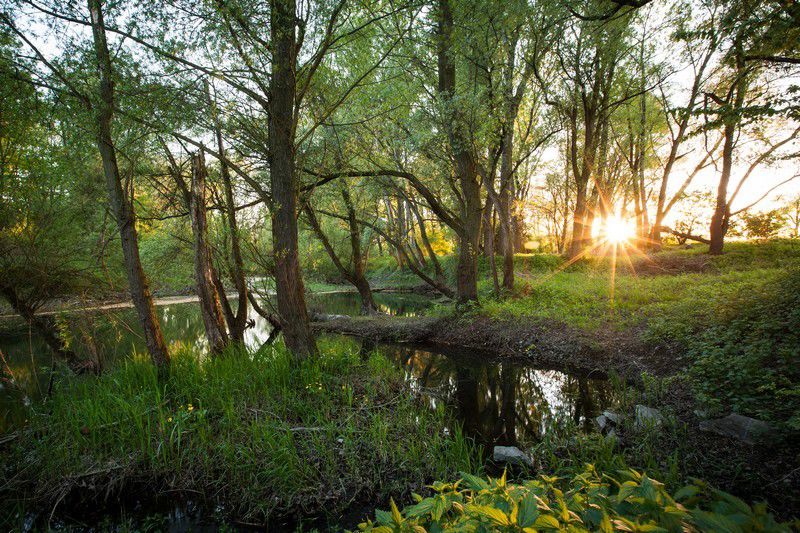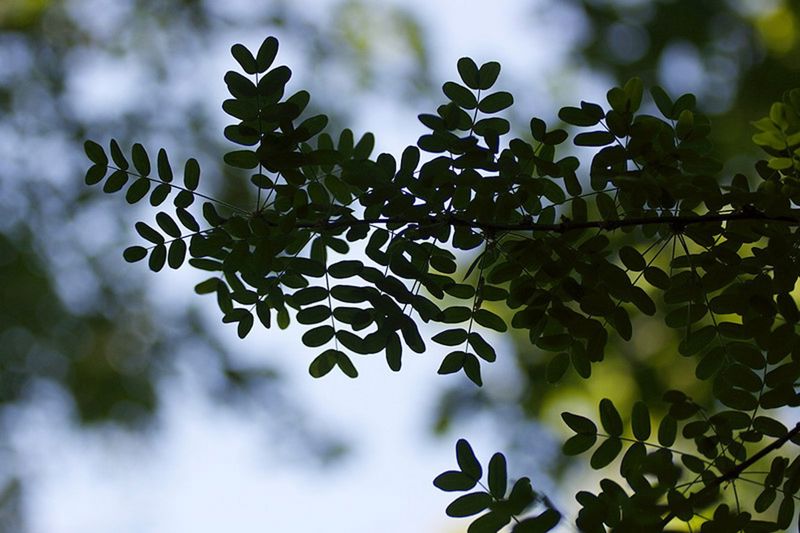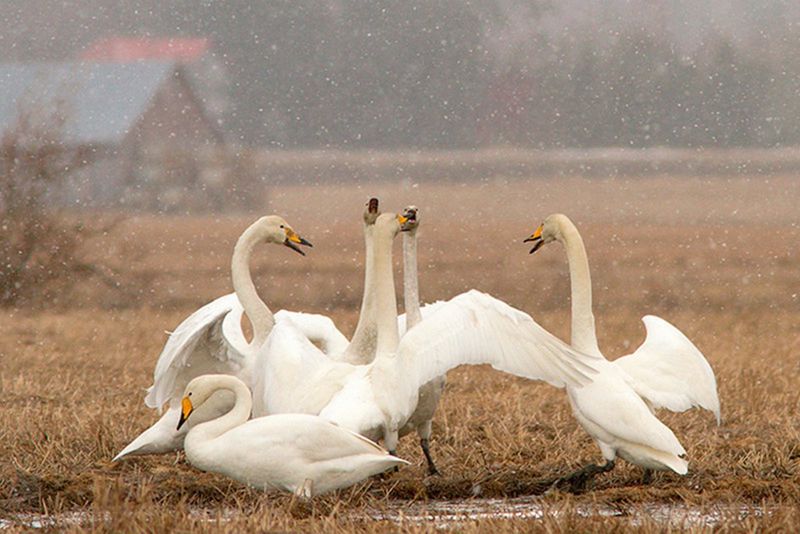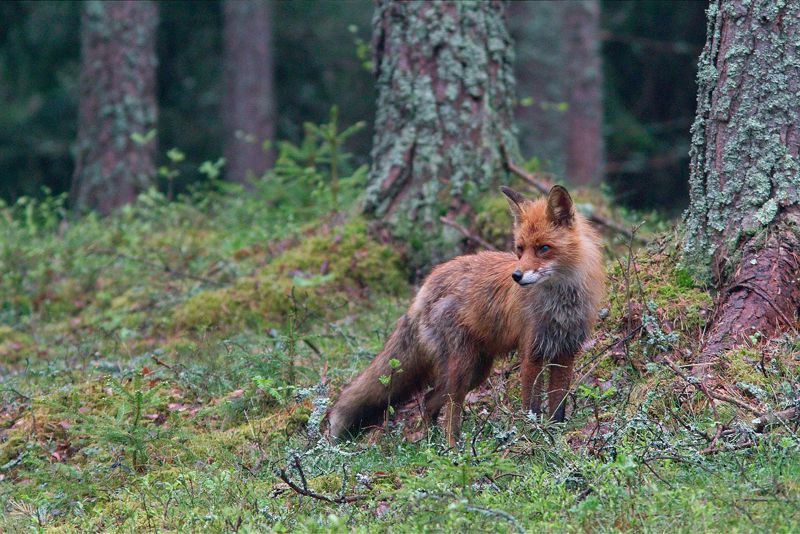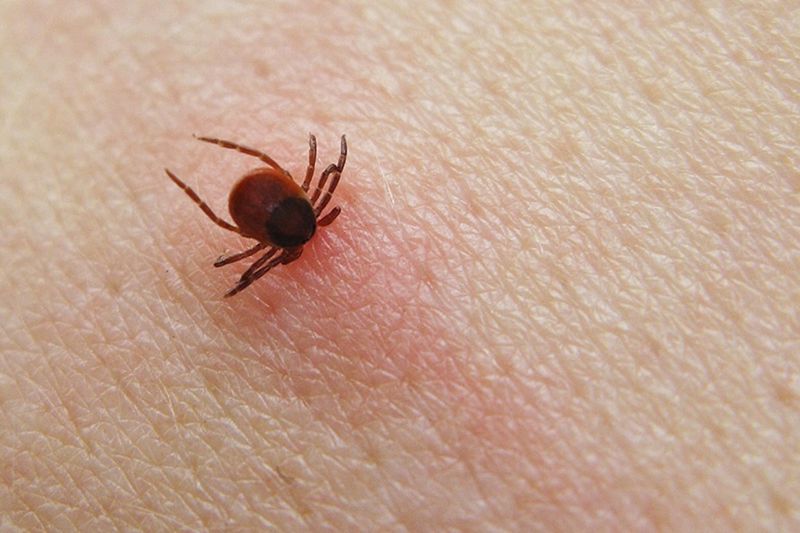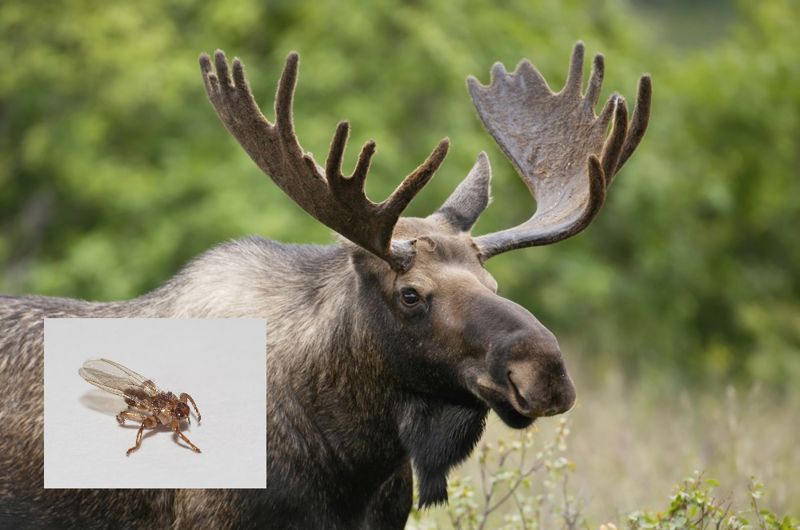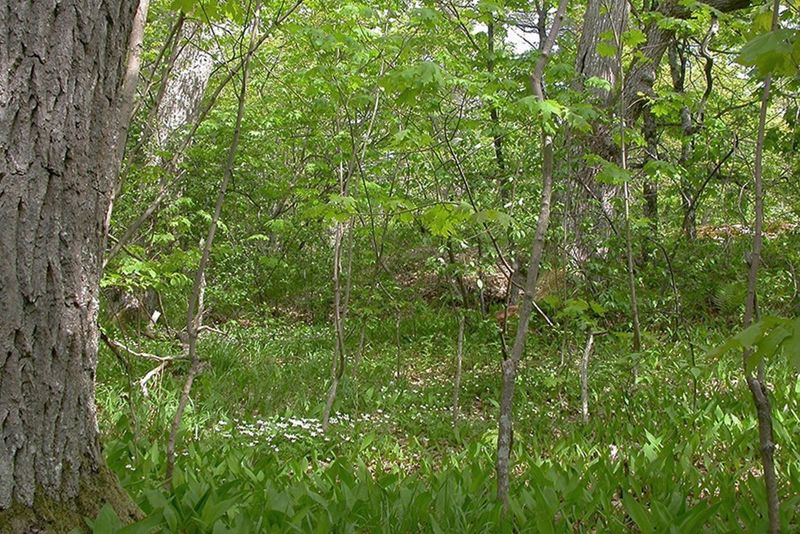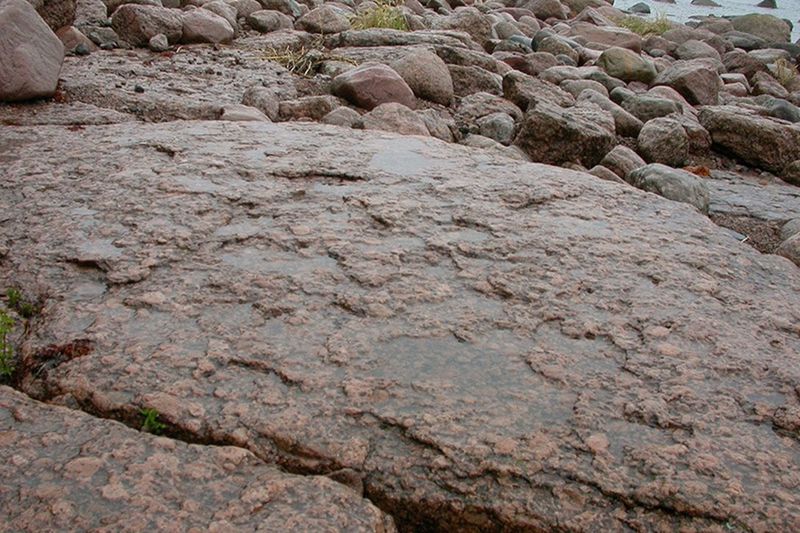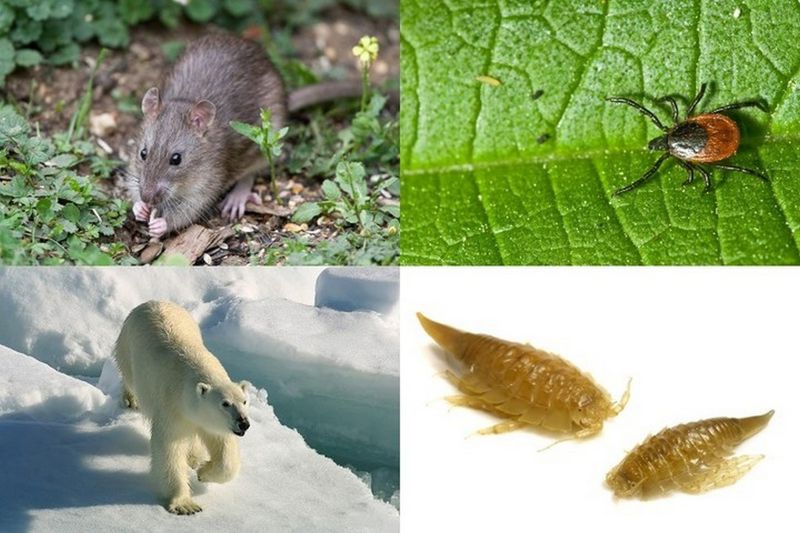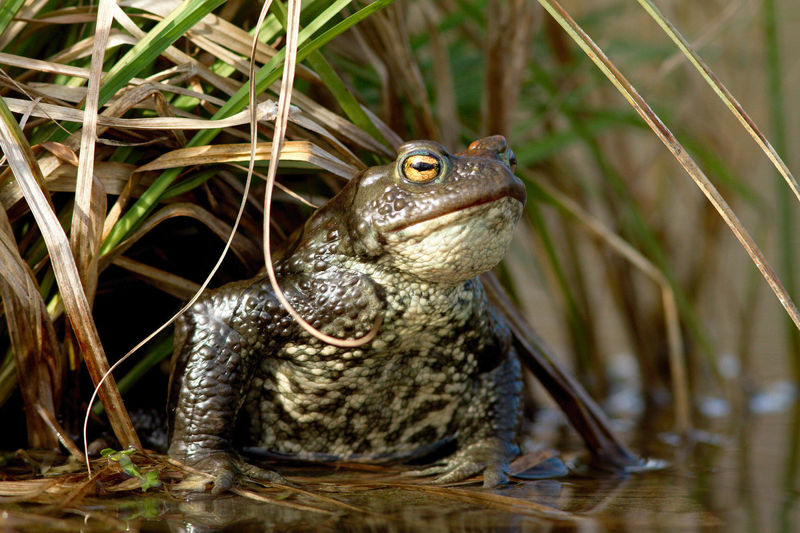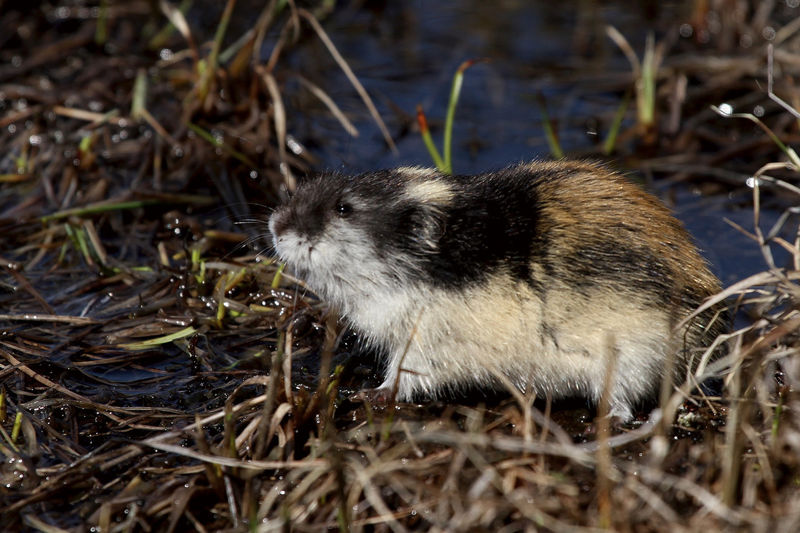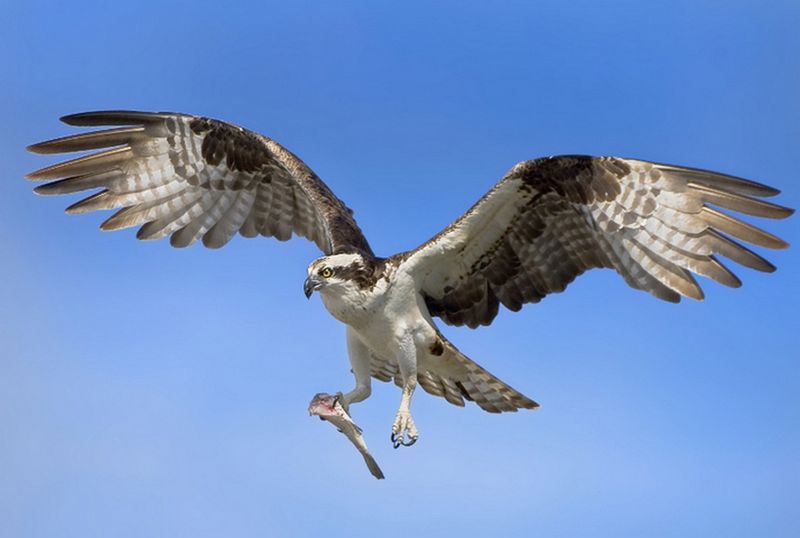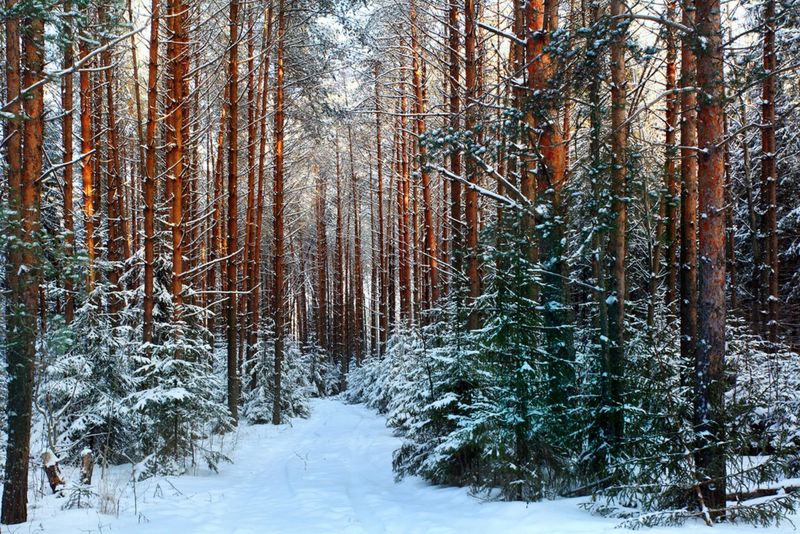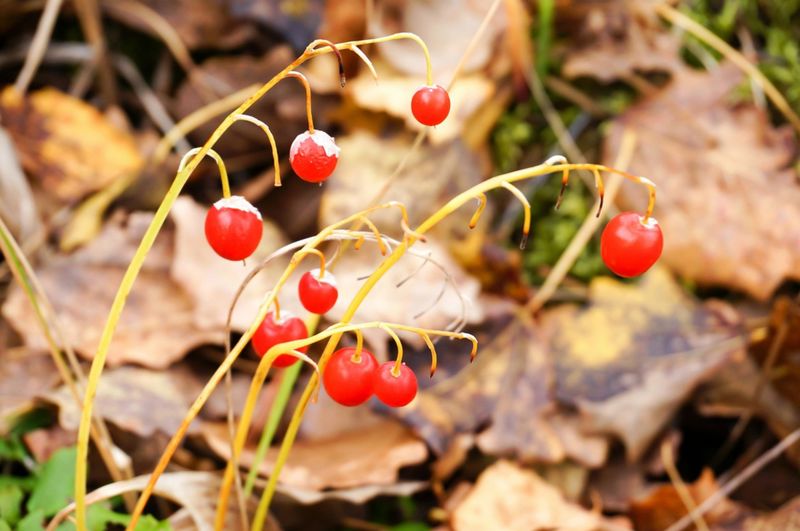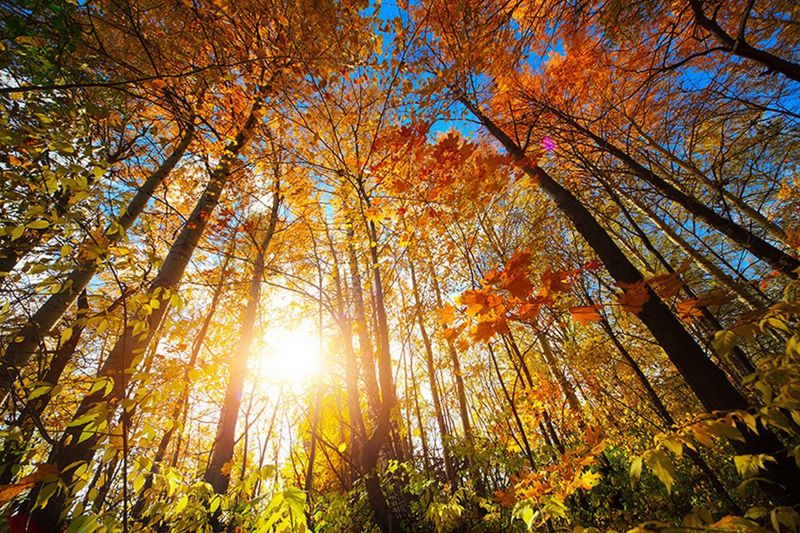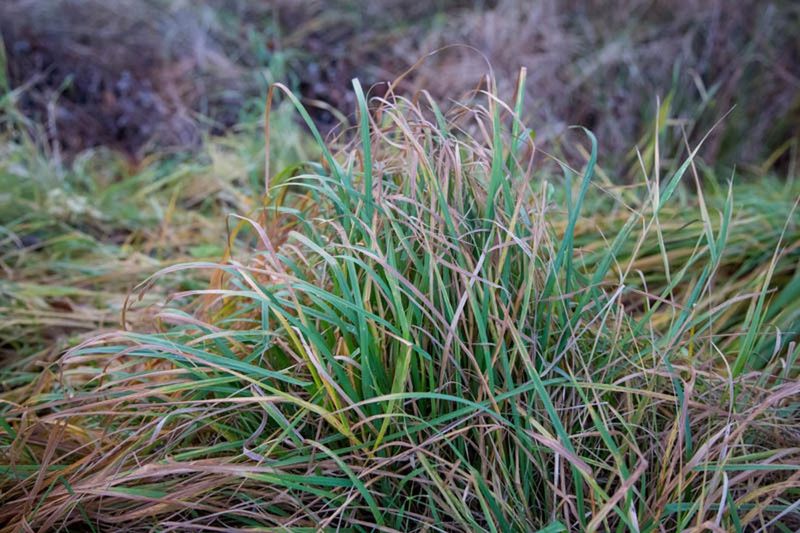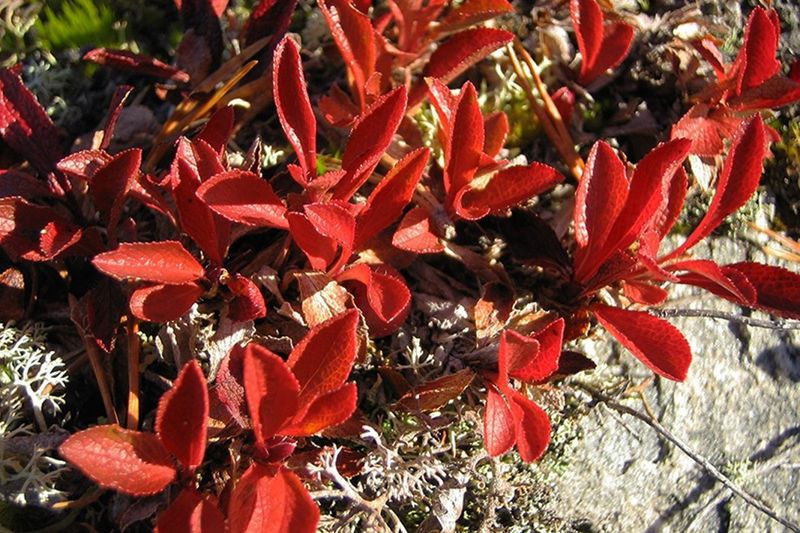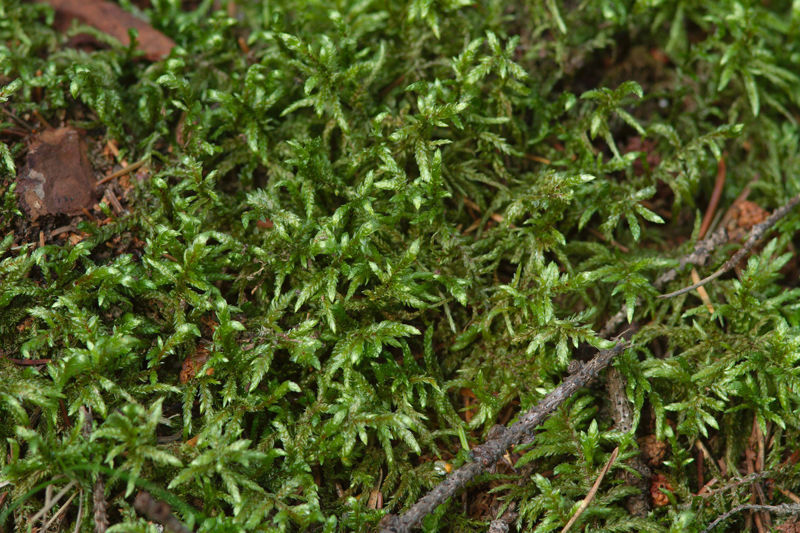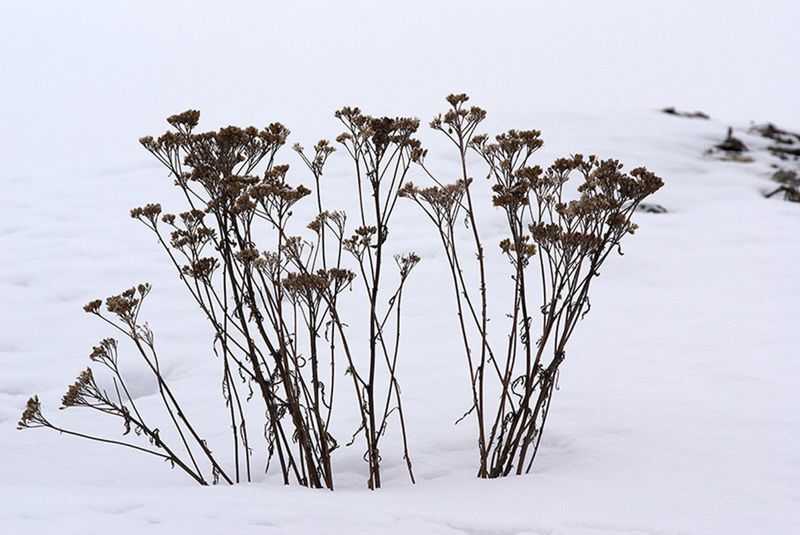Introduction
The sun's light and heat radiation make life on Earth possible. Water is also a prerequisite for all life on the planet. The survival and distribution of organisms is influenced by the non-living (abiotic) and living (biotic) environmental factors of their habitat. In addition to the availability of water and heat, many other factors, such as salinity and acidity, influence the geographical distribution of species.
The diversity of life is highest in areas where the basic conditions for life itself are most favourable, such as in tropical rainforests. The further you move away from the planet’s equator towards its polar regions, the greater the seasonal differences in light and heat conditions. Organisms have had to adapt to these changing and occasionally harsh conditions. However, even in the most difficult of conditions, different groups of organisms can be found. This is partly due to the capacity of living organisms to adapt to different environments over time.
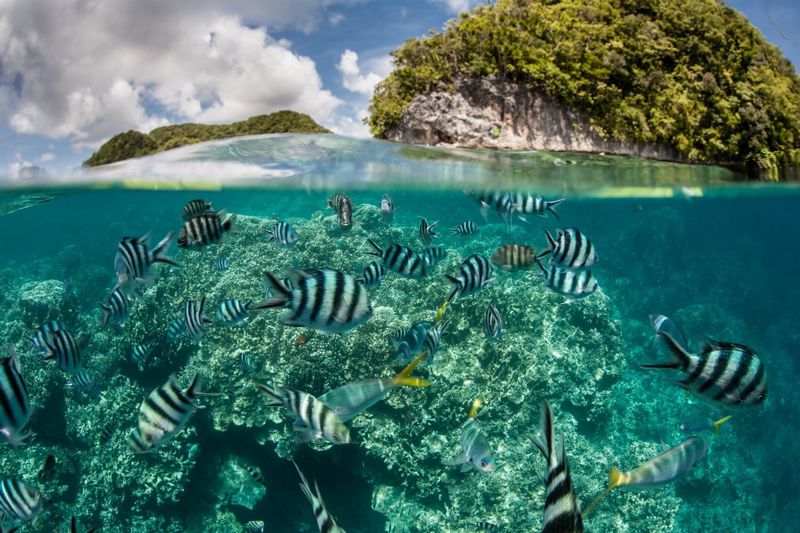
Levels of ecological study
Ecology studies the interactions between organisms and their living and non-living environment, as well as the factors that influence the abundance and distribution of organisms.
Ecological research ranges from the study of individual organisms to the study of the entire global ecosystem (biosphere). Information that is true for one individual cannot always be generalised to other individuals in the same population. For example, the behaviour of the individual organism under study may differ from the behaviour typical of the species as a whole. Therefore, ecology often studies populations, meaning all individuals of a given species living in the same area.
Ecology can also consider all the populations of a certain region together as an organism community. This is justified because individuals of different species interact with each other. Even if the interaction is not direct (as is the case with predation, for example), different species can interact indirectly through other species in the food web.
Non-living or abiotic factors, such as water and temperature, have a major impact on the success, growth and reproduction of organisms. Ecosystem ecology therefore studies the ecosystem of a lake, forest or field as a whole, examining all the populations in the area and the abiotic environment that influences them.
Ecological research provides information on the living requirements of organisms. This information can be applied to many kinds of important tasks, such as nature conservation.
Classification of environmental factors
Different species have different requirements for their environment. The environmental factors that organisms use, such as food, water and light, are called resources. An individual's resources can be divided into biotic and abiotic factors.

Biotic or living factors are related to other organisms in the community living in the same area. Biotic factors are individuals of the same species or another species that influence the success of a species. They can be food, predators, breeding partners, competing species, parasites or pathogens.
Abiotic or non-living factors have to do with the properties of land, air and water. Abiotic factors can be divided into chemical and physical factors. Chemical environmental factors include rock types, soil pH, salinity and nutrients. Physical environmental factors include the amount and quality of light, variations in temperature and precipitation, as well as wind.
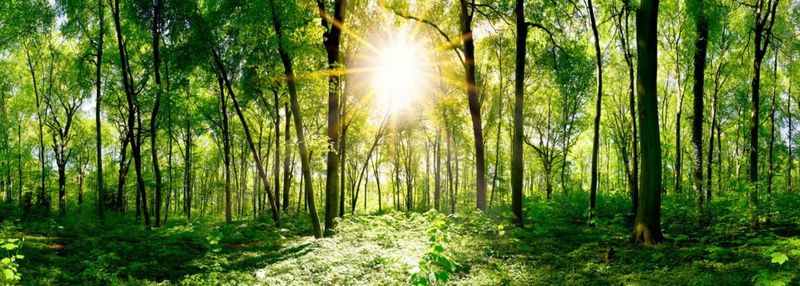
The abiotic environmental factors that are important for organisms include water, nutrients, light, oxygen, heat, acidity and salinity. The more favourable the abiotic environment, the more species are present in the area, and the better the organisms grow and reproduce. No organism can survive without water, which is found in all living cells. The life functions of an organism are mainly based on chemical reactions that take place in water. Water is also one of the raw materials for photosynthesis, which powers almost all life on Earth.
One of the most important abiotic factors is sunlight. Plants need it for photosynthesis, together with water and carbon dioxide. In photosynthesis, plants produce sugar (glucose), which they use to grow and reproduce. The sugar and its derivatives are used by other organisms for food and energy, either directly (herbivores) or indirectly (predators). The amount and quality of light can vary between different regions and times of the year. In Finland, for example, the amount of sunlight is lower than at the equator for most of the year, while in summer it is available almost 24 hours a day. The sun's thermal radiation, or infrared radiation, is also an important environmental factor for life on Earth.
Other important abiotic factors for plants include nutrients (e.g. nitrogen, phosphorus and potassium), carbon dioxide needed for photosynthesis and the acidity (pH) of the soil. The solubility of nutrients in the soil depends on its acidity. Plant growth is severely limited when there is not enough nitrogen available. In water ecosystems, phosphorus often limits the growth of algae, while excess phosphorus can lead to the eutrophication of the ecosystem.

The minimum factor is the abiotic environmental factor that most limits the growth, occurrence and distribution of an organism. Depending on the species, the minimum factor can be any environmental factor, such as light, moisture or a nutrient. Nitrogen is often rare in soil in a form that plants can use, so it and phosphorus are minimum factors for many plant species. There can also be too much of a particular abiotic factor, such as water, in the environment. For example, plants adapted to desert environments do not thrive in rainforests.
The intensity of light, the duration of daylight and the amount of heat vary with latitude and season. In the equatorial tropics, conditions of temperature, light and precipitation are stable throughout the year. In polar regions, organisms have had to adapt to cold, darkness and seasonal food scarcity. Different species have adapted to different conditions through the process of evolution, and living organisms are thus distributed into almost every region of the planet.
Storms, tsunamis and forest fires can have a major impact on wildlife. The seedlings of trees are most affected by fire, while large trees are usually protected by their bark. On the other hand, forest fires are a natural part of forest regeneration, as the seeds of some plant species only germinate after a fire.
Environmental factors
Biotic factors | |
nutrition | The amount and quality of food available to an individual organism affects its success. |
herbivores | Herbivores have a big influence on the success of plants. |
competitors | Individuals of either the same species or of another species can compete with each other, for example for food. |
beasts, parasites, pathogens | No animal species can reproduce indefinitely even if food is plentiful. At some point, predators, parasites or pathogens will start to take their toll on the population. |
Abiotic factors | |
sunlight | The amount of light (i.e. the intensity and daylight hours) is an important factor for the success of plants. |
water | All organisms need water in order to survive. |
plant nutrients | Plants need nutrients (such as nitrogen and phosphorus) to grow. |
soil pH, wind conditions | Many climatic and soil factors have a particular impact on plants and, through them, on animals. |
Photo gallery: biotic and abiotic environmental factors
Tolerance range and indicator species
The tolerance range is the range of environmental conditions within which a species can survive. It is a range of a given abiotic factor limited by minimum and maximum values. The best possible value of an environmental factor for an organism's growth and reproduction is called the optimum. Different species have different optima for various environmental factors, such as nutrients, pH and temperature.
The right temperature optimum is important for photosynthesis. For plants in Northern Europe, photosynthesis is most effective in a temperature range of about 20-30 ˚C, while for tropical plants the optimum temperature is above 30 ˚C. In general, photosynthesis begins when the temperature rises above 0 ˚C. If any environmental factor exceeds or falls below the tolerance range, it will limit the success of the individual and the population.
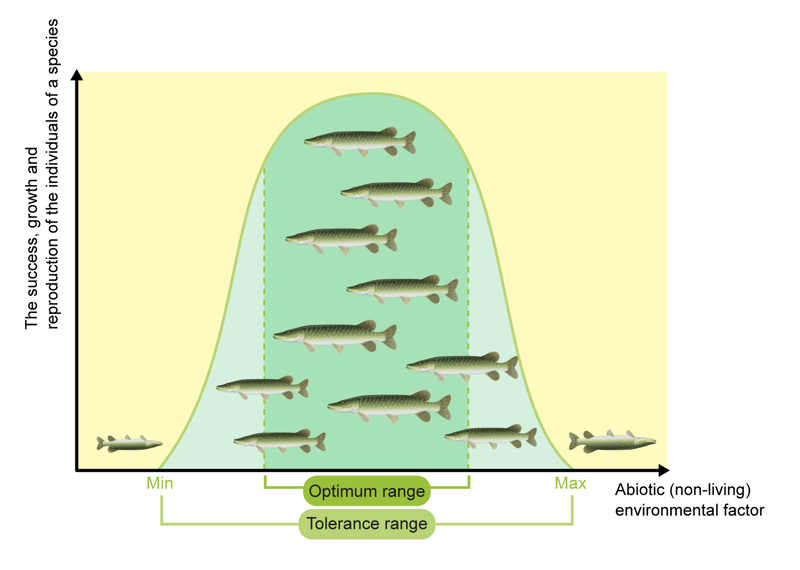
If a species has a wide tolerance range, its habitat requirements are not very strict. This allows the species to occur in a variety of environments and conditions. For example, the brown rat can be found on all continents except Antarctica.
An indicator species is an organism that is particularly sensitive to changes in a particular environmental factor. The tolerance range of the indicator species is narrow with respect to the environmental factor in question. For example, the bladderwrack has a narrow tolerance range for water quality. Thus, the abundance of bladderwrack is indicative of eutrophication, and it can be considered to be an indicator species for water quality.
A change in just one environmental factor can reduce the success of an organism, even if all other factors are within its tolerance range. For example, many lichens do not tolerate air pollution very well. There are differences in the air quality tolerance of various lichen species. For example, the monk's-hood lichen, which has a wide tolerance range, is more tolerant of air pollution than the beard lichen, which has a narrow tolerance range.
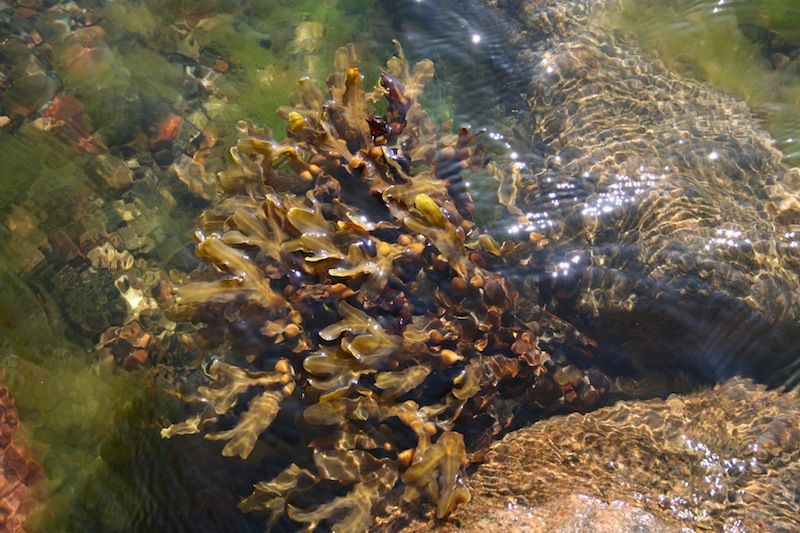
Ecological niche
Each species has its own specific needs regarding its non-living and living environment. When you consider the resources that a species needs, such as its nesting habitat and food, and other environmental factors that affect its success, such as predators, mates, disease and temperature, they form a whole. This is called the ecological niche of the species.
The different structures of the species in the photo makes it easy to conclude that they have different ecological niches. The species live in different parts of the savanna and eat different kinds of food.
The ecological niche therefore describes all the resources provided by nature that a species needs. The ecological niche expresses the species' interactions with the non-living environment and other organisms through predation and competition.
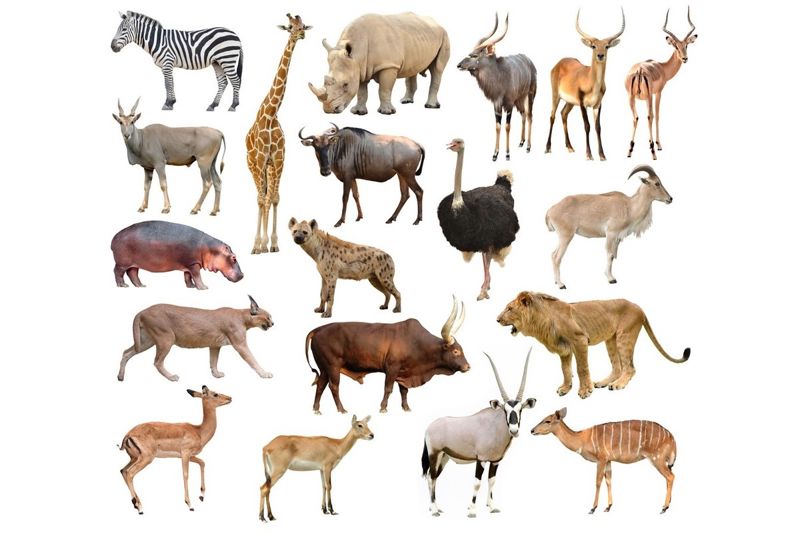
There are different degrees of ecological niches. The basic niche is the broadest and occurs in a situation where there is no competition. Competition reduces the basic niche to a realised niche. The species cannot survive in a niche that is smaller than its core niche.
The relationship between two species can be described by the number of overlapping niches. If two organisms share some of the same resources, they are in competition with each other. This leads to a reduction in the ecological niche shared by the two organisms.
If two species have exactly the same ecological niche, this can lead to increased competition between species, which in turn can lead to the displacement of one or both of the species. Continuous competition can even result in the extinction of one species.
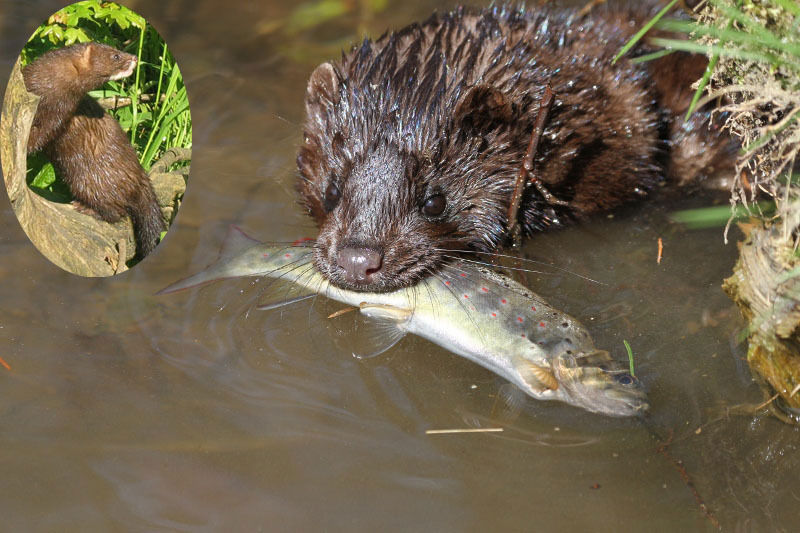
The American mink and the Eurasian mink are examples of interspecies competition that ended in a drastic manner. The American mink was brought to Finland from North America for breeding in the 1920s. So many individuals escaped that they began to breed in the wild. The American mink took over the ecological niche that had previously belonged to the Eurasian mink. However, the disappearance of the Eurasian mink from Finnish nature is not entirely explained by the arrival of its American relative.
Adaptation to habitats
Through natural selection, species have adapted to different habitats, allowing populations to survive in new and changing environmental conditions. Species have evolved adaptations that can be passed on to their offspring and may thus become widespread in a population. For example, aquatic plants have adapted to life in water ecosystems and are therefore structurally different from terrestrial plants. Mutations that occurred in the ancestors of aquatic plants have contributed to their adaptation to water ecosystems. These mutations have been beneficial and have increased the fitness of the species. Gradually, they have become more widespread in the populations of the species.
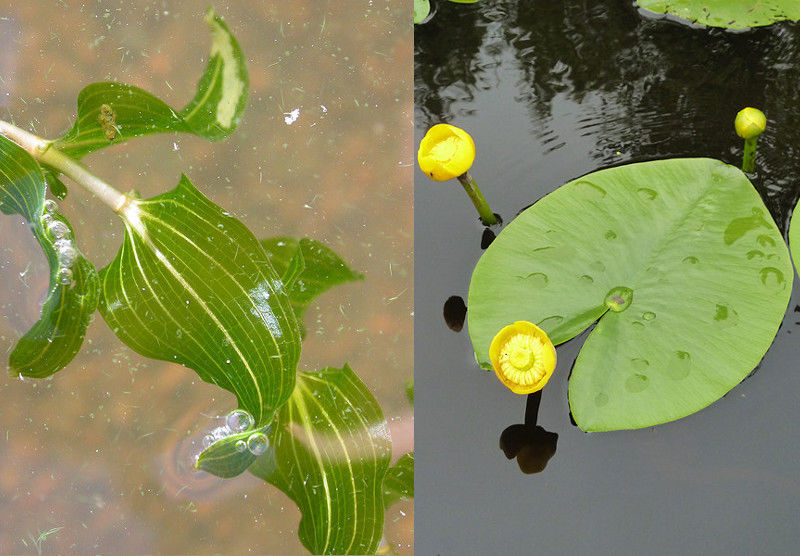
Individuals can also adapt to different environmental conditions due to factors related to their habitat. This is called acclimatisation. In nature, an individual can adapt to several environmental factors (e.g. climatic conditions) at the same time. Such factors are often related to seasonal changes. These include light, temperature, humidity and the availability of food. Adaptation and acclimatisation are environmentally induced, so the changes they bring about are not passed on to the organism's offspring.
When an organism adapts to a new environment, metabolic (physiological) changes increase its performance as an answer to changing environmental factors. Such changes can be observed in the enzyme activity, hormone levels and nervous system of the organism. Acclimatisation occurs in the individual over a relatively short period of days or weeks. For example, humans acclimatise to heat over a period of about two weeks by improving their perspiration. If the weather turns cold for a couple of weeks in the middle of this process, the adaptation process has to begin again.
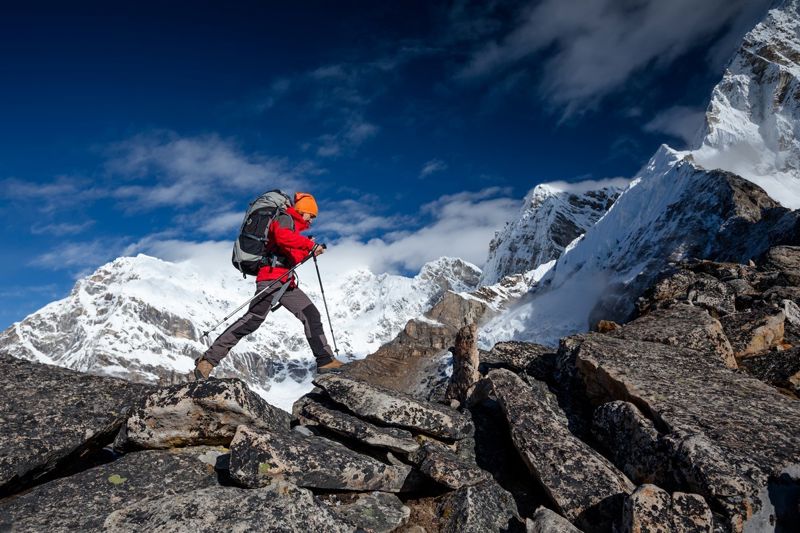
Mountaineering at altitudes above 2 500 metres requires the body's functions to adapt to lower air pressure and reduced partial pressure of oxygen. The symptoms of altitude sickness begin to develop if the climber climbs too high too quickly and his or her body does not have time to physiologically adapt to the new altitude.
In laboratory conditions, plants originally from temperate regions can be made to tolerate freezing temperatures. Similarly, plants adapted to cold environments can be acclimated to higher temperatures than are found in their natural habitats.
Factors affecting the range of species
Biogeography is a branch of biology and geography that deals with the geographical distribution of plants and animals. The distribution of a species depends on its environmental requirements, the availability of environmental factors, its adaptability and its ability to spread to new areas. The range of a species covers only those areas where conditions are suitable for the species to thrive, i.e. the regions in the species’ tolerance range.
The distribution of an organism is often limited by abiotic factors, such as heat conditions. For example, in Finland, the castor bean tick is mainly found in coastal regions and in the Finnish Archipelago. However, the species has gradually spread further northwards and into inland areas. Today, the tick's distribution covers the whole of southern and central Finland, and individuals have been found everywhere but the northernmost part of Lapland. Due to environmental conditions, regional differences in the prevalence of ticks are large. The most important environmental factors in terms of the tick’s distribution are humidity and temperature. When the temperature rises above 5 °C in spring, the ticks begin to move.
A species is not always able to spread to all areas where its habitat requirements are met. This may be due to geographical and biological dispersal barriers. Examples of geographical barriers include oceans, deserts and land masses. On the other hand, strips of land can act as dispersal corridors for terrestrial animals. A competing species or an efficient predator can also prevent the spread of a species.
The ranges of species vary in terms of the extent and uniformity of their distribution. The range of a species may consist of discrete areas (mosaic-like dispersal).
Cosmopolitan species (e.g. the brown rat) have spread to almost all continents, while endemic (native) species are restricted to a small geographical area. For example, many organisms found on isolated oceanic islands are endemic. An endemic species occurs only within its native range, which is often restricted. Some species now have a much narrower range than in the past. One such relic or remnant species is the crustacean species Saduria entomon found in the Baltic Sea.
Expanding the range of dispersal often benefits the species by avoiding the disadvantages caused by both interbreeding and overcrowding, such as competition, resource scarcity and disease.
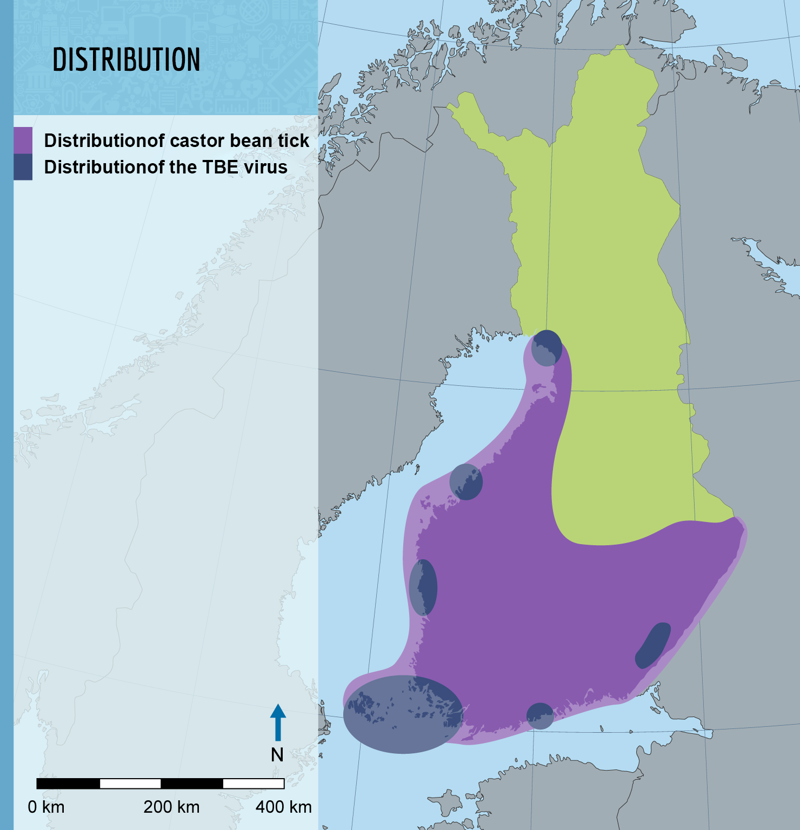
Photo gallery: Species distribution
Changes in environmental factors affect the distribution of organisms
The survival, growth and reproduction of each species depends on a wide range of abiotic and biotic environmental factors. These factors can be favourable to the species or beyond its tolerance range. Environmental conditions influence the function of the ecosystem, for example through the oxygen and sugar production of green plants. The availability of water and the environment’s temperature affect the photosynthetic efficiency of plants, and therefore influence their growth and reproduction. In turn, increased competition can reduce the favourable habitat and distribution of a species. Prolonged drought can reduce the sizes of populations and exceeding the temperature limit can cause mortality. This has been observed in Australian bats during forest fires, for example.
Species have adapted to specific local living conditions over a long period of time. As a result of climate change (increased temperatures, droughts, floods, extreme weather events), the conditions of many environments have changed too rapidly for living organisms, and many habitats are in the process of shrinking or disappearing completely. Global warming is already reflected in changes in the distribution of many species. The shift of the planet’s climatic zones towards the poles is shifting the location and extent of habitats favourable to various species. The distribution ranges of organisms can and have already shifted towards the poles. For example, some butterfly species have taken advantage of global warming by spreading northwards. On the other hand, organisms native to the Arctic tundra are at risk as the northern coniferous forest zone moves further north, while the Arctic Ocean is simultaneously limiting the northward movement of these organisms. For example, the polar bear has declined as the northern ice situation has become less favourable and habitats have shrunk, with the Arctic Ocean also acting as a dispersal barrier. As a result, Arctic species are unable to find suitable areas to disperse.
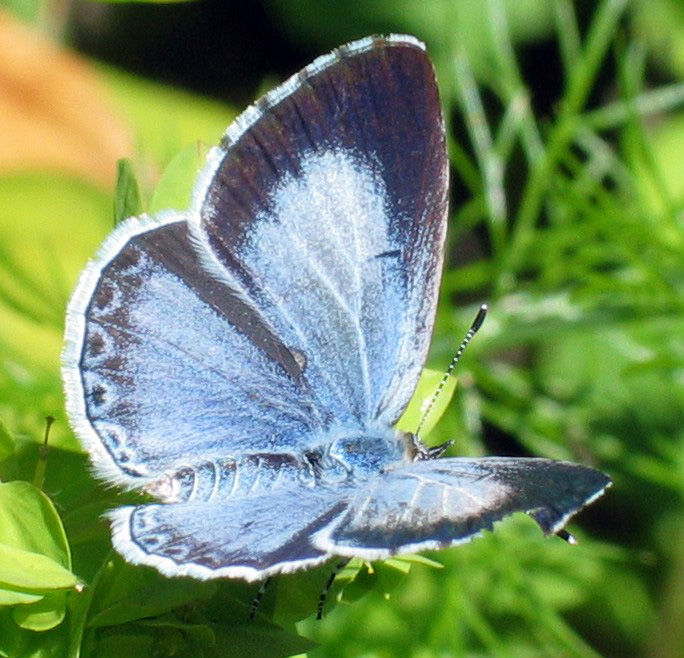
The impacts of climate change on the distribution and diversity of species varies across the globe. Changes in mean temperature and precipitation as well as the annual distribution of these factors are key drivers of weather patterns. They will cause major changes in the living conditions of ecosystems, testing the adaptive capacities of many species. These impacts are reflected in changes in the distribution and diversity of organisms.
However, the impacts of climate change are specific to ecosystems and species. Species can either adapt to the change or move to a more favourable area to survive. In the worst case scenario, a species may become extinct. This process is influenced by species-specific adaptive and dispersal capacities, species-specific environmental requirements within the ecological niche and the availability of suitable habitats. In any case, changes in the abundance of species and individuals disrupt the functioning of the ecosystem as a whole through complex ecological interactions (predation, parasitism, competition).
Changes in ecological interactions also affect biodiversity. If you look at a pair of interdependent species, a decline in the population size of one species can cause a decline in the population of another species that is dependent on the first one. Species moving into new ranges may compete with native species and cause various diseases and disturbances to native flora and fauna. These disturbances include parasites, fungal diseases and bloodsucking insects.
Winter requires adaptation and adjustment
On northern latitudes, organisms have had to adapt to seasonal variations in light and heat. In these regions, both plants and animals have to prepare for the cold winter. This can be seen when looking at nature in the autumn.
For example, the leaves of plants change colour and begin to drop as photosynthesis stops, and migratory birds flock together and begin to move further south for the winter.
Over the course of evolution, overwintering species have had to adapt to environmental conditions through many structural and functional changes. Perennial plants enter a resting state in the winter, while many animals spend the winter in hibernation, brumation or winter sleep.
Animals and winter
Many animals gather spare food, winter stores or change their coats into winter camouflages. Snow cover also provides shelter and acts as a heat insulator for many organisms, including mice and voles. Many birds move further south for the winter because their food sources are not available, and they would need to spend a lot of energy to maintain their body temperature in the cold weather months.
In some overwintering animals, the reduction in light levels has a hormonal effect on the thickening of the fat layer and the winter coat. Some of these changes are chemical events at the cellular level that increase the cells' resistance to cold and drought. In some hibernating insects, cell fluids are partially replaced by glycerol, which, like antifreeze, prevents freezing and cell breakage.
Many overwintering animals undergo changes in their behaviour and bodies related to snow, cold and winter foraging. One such peculiarity is that the skull of a shrew shrinks in winter and grows back again in spring. This reduces the mammal's need for food and energy in winter.
Forest birds, such as willow ptarmigans, spend all their time buried in the snow, except for when they search for food. Snow provides protection from the cold and predators. Small birds spend the whole of the short light period of the winter day searching for food, and some may also forage at dusk. By changing their behaviour, birds such as goldcrests can take advantage of the heat produced by each other. Birds spend the night side by side on tree branches, with the most peripheral individuals swapping places with those in the middle from time to time.
Some animals reduce their activity levels by spending the winter in winter sleep, hibernation or brumation because food and heat are scarce in winter. Common to all these wintering patterns is a slowing down of vital functions. Energy is saved by lowering the body temperature, heart rate and breathing.
Many poikilothermic animals, such as reptiles, amphibians and insects, spend the winter in brumation. Insects often overwinter as larvae or pupae instead of adults. Homeothermic animals can overwinter either in winter sleep or hibernation. For example, bears and badgers spend the winter in a deep winter sleep, while hedgehogs and bats slow down their vital functions more drastically in hibernation.
Plants and winter
In the autumn, the reduction in light and heat stops the plants from photosynthesising and growing. In addition, plants cannot access water and nutrients from the frozen soil in winter. The nitrogen and phosphorus contained in the chlorophyll of plant leaves is captured in the overwintering parts of the plant, such as the trunk. This is why the leaves of deciduous plants change colour in the autumn. Deciduous trees shed their leaves when all of their chlorophyll has been moved elsewhere for the winter.
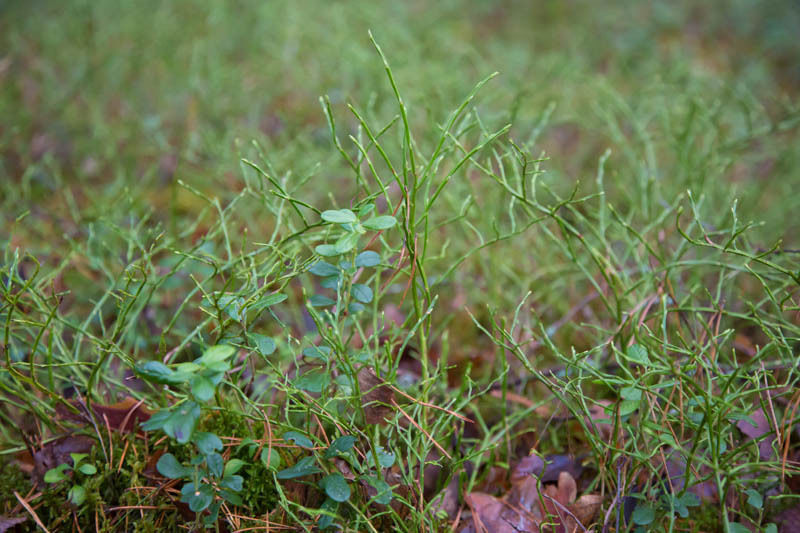
Tree shoots and buds overwinter above the snow layer. After the winter, the plants continue to grow from the bud, where the beginnings of leaves and flowers have already partly developed. Some plants, such as sprigs, overwinter under the cover of snow. In many plants, the above-ground parts die in winter and only the underground parts survive the winter. These plants overwinter only as bulbs, tubers, rhizomes or seeds. Annual plants die in winter. They overwinter in the form of seeds that are resistant to cold and drought. Growth resumes in spring from seeds, which usually germinate only in spring after the cold treatment caused by winter. If the seeds of the plants germinated in autumn, their seedlings would not survive the winter.
Perennial plants, such as trees, store energy and nutrients for the winter in the overwintering parts of the plant (trunk, stem and roots) and use them for growth the following spring. In evergreen conifers, the water content of the cells decreases and the sugar content increases. The more concentrated the cell fluid, the lower its freezing point. This means that the cells do not freeze and break as easily, and their cold tolerance is improved. Many plants, such as conifers and mosses, are evergreen. They are able to begin photosynthesis and reproduction early in the spring because they have their leaves ready. For example, the hairy wood-rush overwinters as a deciduous rose, and therefore begins flowering early when other plants are just beginning opening their buds. Conifers can suffer from a lack of water in spring when the ground is still frozen and when the leaves begin to evaporate water as the temperature rises.
Overwintering strategies of plants
Did you know?
Mountain hares are large rodents found almost everywhere in Northern Europe, from the northernmost fells and mountains to the deciduous forests of more temperate areas. They are therefore well adapted to different habitats. In summer, hares have no shortage of food, but in winter they have to make do with the bark of deciduous trees.
The forest hare is perfectly adapted to the winters of Northern Europe. Its coat changes from brown in summer to white in winter, and the snowshoe-shaped feet of its hind legs are well suited to moving on snow.
In the winter, the mountain hare travels more than it does in the summer. This is mainly due to the availability of food. In summer, there is plenty of grass, leaves, and buds for it to eat everywhere. In the winter, the lack of these resources force the hare to move about in search of food. Despite their efficient reproductive capacity, the mountain hare populations of Northern Europe have declined throughout the beginning of the 21st century.
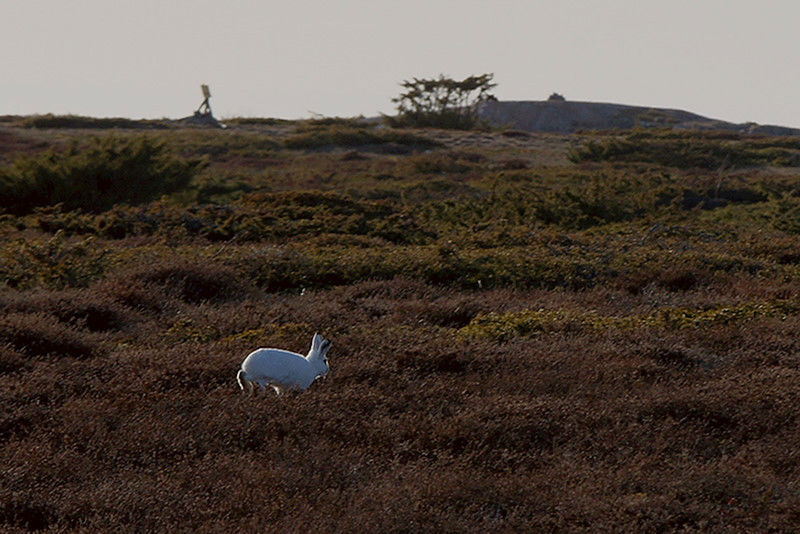
The mountain hare population fluctuates due to many environmental factors. These include food availability, diseases, hunting and competition with brown hares. Warmer winters and thinner snow cover resulting from climate change may also be a factor. The white winter coat of the mountain hare makes it stand out in environments where there is little snow. The lack of snow also makes it easier for foxes to hunt the hares, as they move more slowly in deep snow than their prey does.
Summary
Environmental factors and adaptation and adaptation of organisms
- The environmental factors used by an organism are called resources.
- Resources can be divided into biotic and abiotic factors. Abiotic factors can be divided into chemical and physical factors.
- The main abiotic factors are water, nutrients, light, oxygen, heat, acidity and salinity.
- The tolerable range of the abiotic factor is the tolerance range.
- The indicator category shows changes in environmental factors.
- The ecological niche describes the natural resources that a species needs.
- The distribution of the species depends on its environmental requirements. Dispersal may be limited by barriers to dispersal.
- In nature, an organism can adapt to climatic conditions, i.e. to several environmental factors at the same time (acclimatisation).
- Widespread species are cosmopolitan and endemic to a particular area.
Preparing for winter
- Animals prepare for winter by, for example, regulating their behaviour or gathering spare food.
- Poikilothermic animals spend the winter in brumation.
- Homeothermic may remain active in the winter or rest through it either by sleeping or in hibernation.
- Deciduous trees store their chlorophyll in their trunks, after which the leaves can be dropped for the winter.
- Annual plants overwinter as seeds.
- The overwintering parts of perennial plants include bulbs, tubers and rhizomes.
